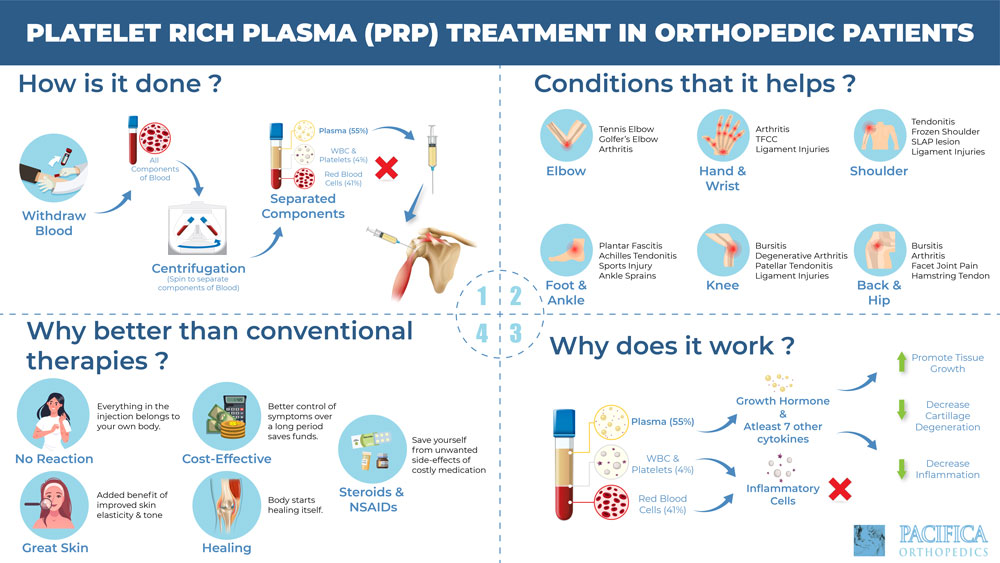A heel spur is an outcrop of bone at the base of the heel bone (calcaneus). It actually causes no pain by itself, but is often associated with plantar fasciitis, or pain under the heel.
However, although often put together in the public mind, only 70% of people with plantar fasciitis also suffered a heel spur and 50% of people with no symptoms did actually have a heel spur!
The plantar fascia is the area of tissue below the heel, running up to the ball of the foot. It is made up of compartments of fatty material and held with tight skin.
Under stress, the plantar fascia can become sore and inflamed. This might be caused by repeated pressure, such as from running or jumping. It might also be caused by a one-off event such as jumping from great height or jarring on a fall. People who are overweight are at an increased risk, since they are exerting more force on their heels than others. A sudden increase in exercise may also be a cause, pressuring the heel when it has not been used to the load.
Long periods of such inflammation can lead to the body trying to solve the problem by growing bone, as it does for other problems. The calcium deposits form a spur where the plantar fascia joins the heel. A small hook is created. It is visible on x-ray and appears to be in the area of inflammation. However, the inflammation causes the spur, not the other way around.
The spur itself will produce no symptoms and is not the cause of any pain to the patient.
It is also possible for a spur to be formed on the rear of the heel where the Achilles tendon joins the heel.
Orthopedic advice should be sought and a treatment plan devised with the patient.




0 Comments